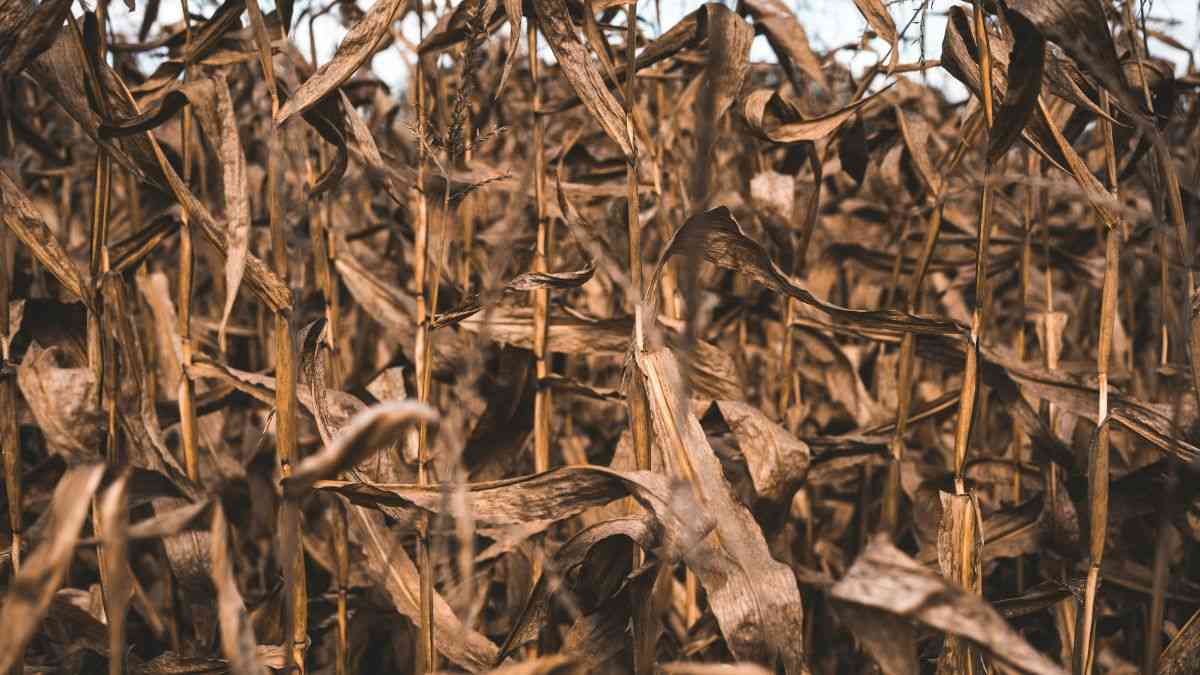Science
The More Absurd, the Greater the Belief: Where Conspiracy Theories Come From
08 January 2026

Imagine your favorite food suddenly disappearing from store shelves or doubling in price. New research shows this isn’t just inflation — it’s a deadly silent crisis that could upend our diets. An era of “wild harvests” is coming, where crop disasters once seen once a century may soon become the norm.
Until now, climate change discussions have focused on one scenario: global warming gradually reducing average yields year after year. But a new study published in Science Advances points to another problem. Researchers from the University of British Columbia (UBC) found that climate change drastically increases harvest instability.
For every single degree of global warming, year-to-year crop variability rises by 7 percent for corn, 19 percent for soy, and 10 percent for sorghum. These numbers may seem abstract, but for many farmers they mean the risk of bankruptcy. Average yields might technically stay the same — but, as lead author Dr. Jonathan Proctor explains, “farmers — and the societies they feed — don’t live on averages. They live on what they harvest each year.”
Worth reading: Where Did Ocean Oxygen Come From? Sea Rocks Hold the Key to the Mystery
Increasingly erratic harvests mean that crop disasters once considered “once-in-a-century” events will strike much more often. Scientists calculated that with just two degrees of warming, soybean failures that used to happen every 100 years will return every 25 years. For corn and sorghum, it could be every 50 years. If warming continues at its current pace, by 2100 “once-in-a-century” soybean failures may hit every 8 years.
In 2012, a heatwave and drought in the U.S. Midwest cut corn and soybean yields by one-fifth, costing billions of dollars. Global food prices jumped nearly 10 percent in just a few months. That may be just a taste of what’s ahead — and the consequences will be felt everywhere, no matter where you live.
What drives this phenomenon? Dr. Proctor points to a “double punch of heat and drought that increasingly strike together.” Hot air dries the soil, and dry soil worsens heat by allowing temperatures to rise faster — a vicious cycle that could soon create a massive agricultural crisis.
Dr. Proctor compares it to running while dehydrated: “If you’re hydrated and you go for a run, your body sweats to cool you down. But if you’re dehydrated, you risk heatstroke. The same processes make dry fields hotter than wet ones.”
The study suggests that irrigation can help stabilize harvests — but water isn’t always available. The authors call for urgent investment in developing drought- and heat-resistant crop varieties.
Ultimately, Dr. Proctor stresses that the most effective long-term solution is reducing greenhouse gas emissions driving global warming. “Not everyone grows food, but everyone eats” he concludes. “When harvests become more unstable, everyone will feel it.”
Read the original article: „Nieurodzaj stulecia” raz na dekadę? Światowe rolnictwo w kryzysie
Science
08 January 2026



Zmień tryb na ciemny